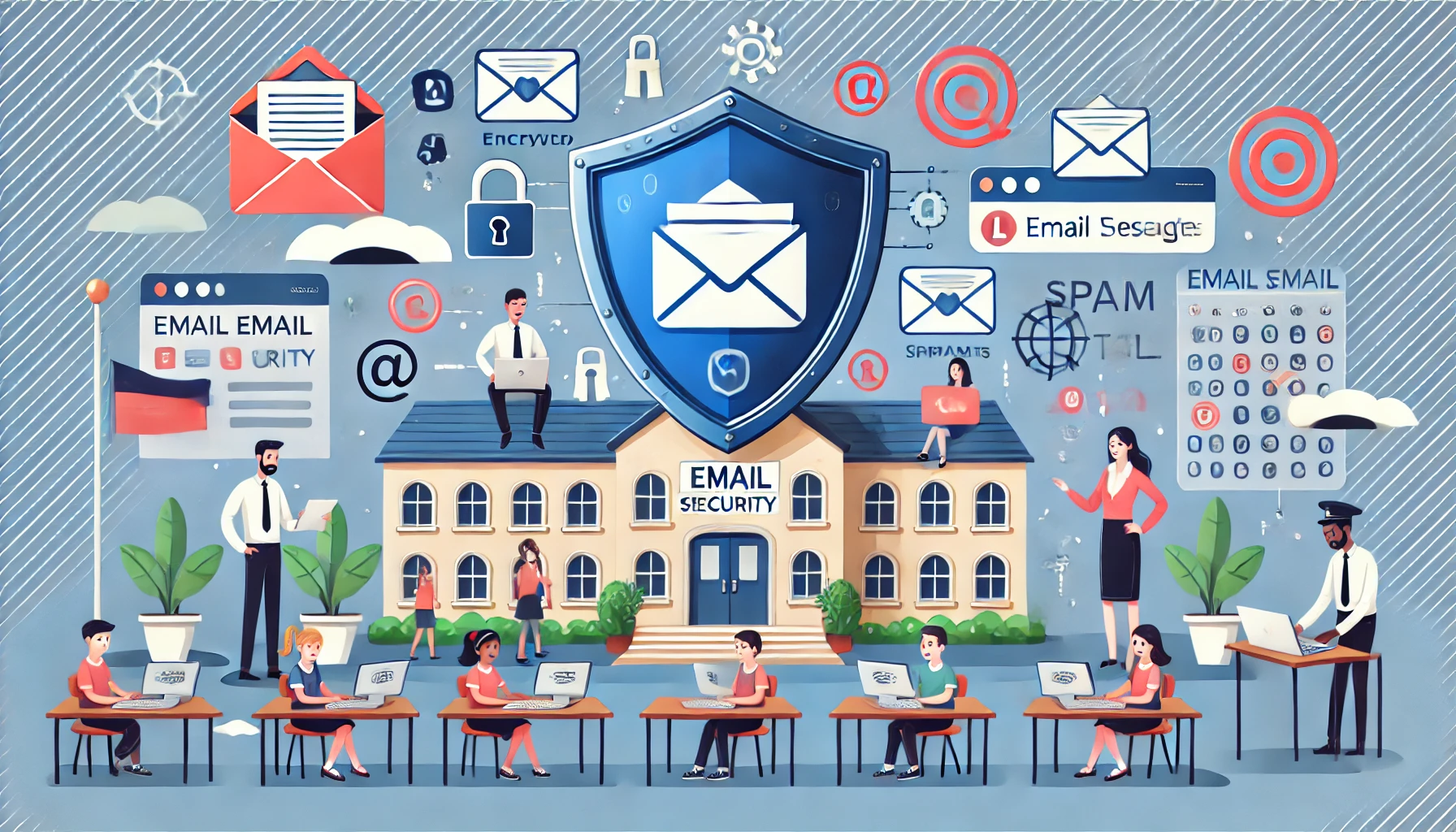In today’s digital world, cybersecurity is more important than ever. Cyber attacks are becoming increasingly common and sophisticated, and businesses of all sizes are at risk. However, medium to large businesses face unique challenges when it comes to cybersecurity. In this post, we’ll discuss some best practices that medium to large businesses should consider implementing to protect their digital assets.
1. Conduct a Risk Assessment
Before implementing any cybersecurity measures, it’s important to conduct a risk assessment. This involves identifying potential threats and vulnerabilities to your business’s digital assets and determining the likelihood and impact of each threat. This information can be used to prioritize cybersecurity measures and allocate resources effectively.
2. Develop a Cybersecurity Plan
Once you’ve identified potential threats and vulnerabilities, it’s important to develop a cybersecurity plan. This plan should detail the policies and procedures that will be put in place to protect your business’s digital assets. It should also include a response plan for handling cyber attacks should they occur. All employees should be trained on this plan and understand their role in protecting the business’s digital assets.
3. Adopt a Multi-Layered Security Approach
A multi-layered security approach involves implementing multiple layers of security measures to protect your business’s digital assets. This includes measures such as firewalls, anti-virus software, intrusion detection and prevention systems, and access controls. By implementing multiple layers of security, you can reduce the likelihood of a successful cyber attack.
4. Encrypt Data
Encrypting sensitive data is an important measure for protecting it from unauthorized access. This involves converting data into a code that can only be deciphered with a key. This key should be kept secure and only given to authorized personnel who need access to the data.
5. Regularly Update Software
Software updates often include security patches that address known vulnerabilities. It’s important to regularly update all software used by your business to ensure that it’s secure. This includes not only operating systems and antivirus software but also any third-party software used by your business.
6. Implement Access Controls
Access controls are measures that restrict access to sensitive data to only authorized personnel. This includes measures such as passwords, two-factor authentication, and biometric authentication. By implementing access controls, you can reduce the risk of unauthorized access to your business’s digital assets.
7. Train Employees
Employees are often the weakest link in a business’s cybersecurity. It’s important to train all employees on cybersecurity best practices and their role in protecting the business’s digital assets. This should include regular training on topics such as password security, phishing scams, and social engineering attacks.
8. Monitor and Respond to Threats
Monitoring for potential threats and responding to them in a timely manner is crucial for protecting your business’s digital assets. This includes monitoring for suspicious activity on your network and responding to potential threats as soon as they’re detected.
Conclusion
Cybersecurity is a critical issue for medium to large businesses. Implementing these best practices can help to protect your business’s digital assets and reduce the risk of a successful cyber attack. Remember to regularly review and update your cybersecurity plan to ensure that it remains effective in the face of new threats. If you need assistance with your cybersecurity needs, QRTD Information Technology is here to help. Contact us today to learn more about how we can help protect your digital assets.





